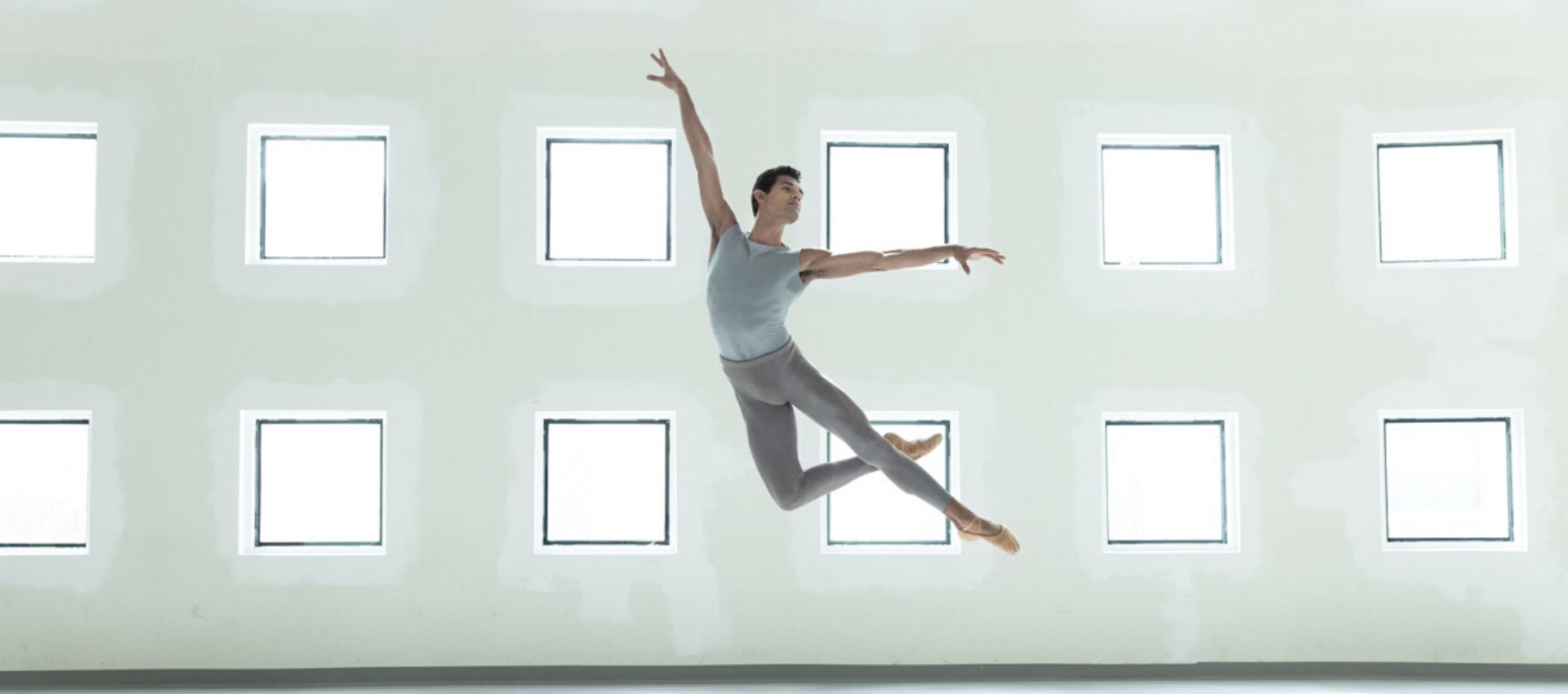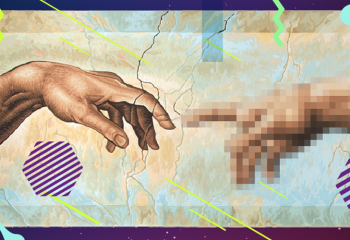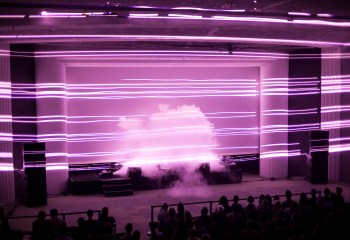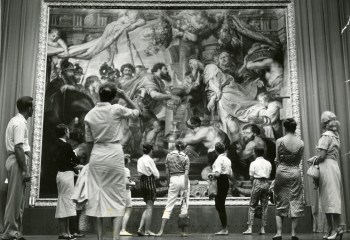
Artists didn’t wait for America’s reopening to create and connect
As the coronavirus pandemic began to unfold, arts and cultural organizations were among the first to close their doors to the public. So many arts activities involve making and sharing art in person that stay-at-home orders led concert halls, museums, theaters and smaller venues to unexpectedly cease activities. The economic impact has been harsh.
Almost overnight, though, artists and arts organizations responded to the new reality by continuing to produce meaningful work and rethinking how digital tools can be used to create and connect. Their work is an inspiration to Knight Foundation, which is committed to helping the arts and cultural sector leverage technology to find new audiences and engage existing ones in new ways.
While digital programs aren’t typically a direct revenue stream for arts organizations, these experiments are helping maintain relationships with audiences and demonstrate the ongoing relevance of the arts. As organizations look for ways forward in a cultural sector transformed by the pandemic, a renewed emphasis on digital activity will likely be part of their future. Digital projects, like those we are seeing now, will help build the momentum needed for transformation in the field.
Here are a few examples from the communities served by the Knight Arts program:
- On May 8, Miami City Ballet debuted “A Dance for Heroes”, a ballet tribute to essential workers — remotely choreographed on Zoom — which consisted of social distanced dancing and was streamed live on Facebook.
- Miami-based Aja Monet of Poetry for the People is hosting a homemade reading series twice a month. The livestreams offer literal healing herbal remedies and medicinal poems, and past episodes can still be viewed on the site.
- In San Jose, Sangam Arts launched the Mosaic Connect virtual concert series, where performers from around the world perform together simultaneously, enabled by technology and their own ingenuity.
- Black and Brown Theatre in Detroit is doing a Blank Page Story Time series, incorporating audience-sourced ideas into a story that a cast member performs for families on Facebook Live.
- BOOM Festival, an annual fringe arts festival was to have taken place in April in Charlotte. Instead, BOOM hosted BOOM in the Living Room online using multiple social media platforms, so that artists of all types could share their work with audiences in Charlotte and beyond and audiences could tune in on whatever platforms they felt most comfortable.
- The Akron Art Museum launched the Museum Games initiative, posting crossword puzzles on social media each week for participants to solve using digital clues.
- Macon’s Grand Opera House has brought Broadway performances to smart devices via their Bite-Sized Broadway series.
- Opera Philadelphia launched the Digital Festival O, with several virtual shows to enjoy from home.
- In St. Paul, Film North’s spring classes are being held online, including new courses, for a reduced tuition fee.
Examples are multiplying in other cities across the country. New York’s Metropolitan Museum of Art has made a diverse range of exhibitions available online; the Seattle symphony is hosting virtual performances every Thursday and Saturday; and Pittsburgh’s Andy Warhol Museum has unveiled digital lectures designed for children.
“It is clear that COVID-19 has had a profound impact upon artists and arts organizations across the country, and that a new normal will be just that, far from the normal we knew as status quo,” said Victoria Rogers, Knight Foundation’s VP/Arts. “Artists and the institutions that present their work are incredibly creative. Innovation, observation, skill, adaptive capacity and storytelling are at the very core of the arts, and using digital media to create, present and remain connected has become a crucial tool. Such strategies will help artists and arts organizations expand their reach and keep alive the connection to place, and perhaps more importantly, to people.”
Chris Barr is director for arts and technology innovation at Knight Foundation. You can follow him on Twitter at @heychrisbarr.
Image (top): Performance of “A Dance for Heroes” by the Miami City Ballet, photo by Alexander Iziliaev
Recent Content
-
Artsarticle ·
-
Artsarticle ·
-
Artsarticle ·






